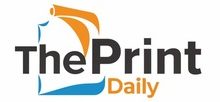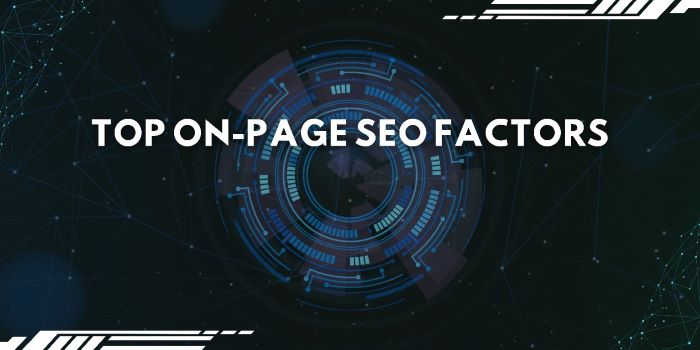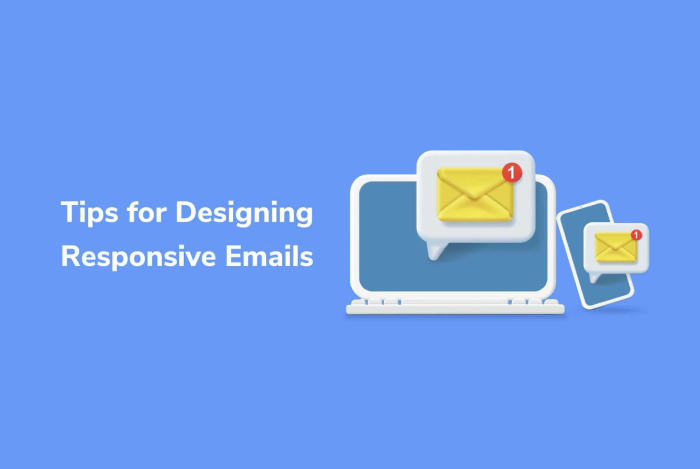On-page SEO plays a crucial role in optimizing your website for search engines and improving its visibility in search results. By focusing on specific on-page factors, you can enhance your website’s chances of ranking higher and attracting organic traffic. In this article, we will discuss the top on-page SEO factors that you should prioritize in your optimization efforts.
1. Relevant and High-Quality Content
Creating relevant and high-quality content is the foundation of successful on-page SEO. Search engines prioritize websites that provide valuable and informative content to their users. Ensure that your content is well-written, engaging, and addresses the needs and interests of your target audience. Incorporate relevant keywords naturally within your content to improve its visibility in search results.
2. Proper Keyword Optimization
Keyword optimization is an essential aspect of on-page SEO. Conduct thorough keyword research to identify the terms and phrases that your target audience is using to search for information related to your website. Place these keywords strategically in your page titles, headings, meta descriptions, and throughout your content. However, avoid keyword stuffing, as it can have a negative impact on your website’s rankings.
3. Title Tags and Meta Descriptions
Title tags and meta descriptions are HTML elements that provide information about your webpages to search engines and users. Optimize your title tags by including relevant keywords and creating compelling, concise titles that accurately describe the content of your page. Similarly, craft unique and engaging meta descriptions that entice users to click through to your website from the search results.
4. Heading Tags
Heading tags (H1, H2, H3, etc.) are used to structure the content on your webpages. Properly utilizing heading tags helps search engines understand the hierarchy and importance of different sections within your content. Use the H1 tag for the main heading of the page and incorporate relevant keywords. Organize your content with subheadings (H2, H3, etc.) to improve readability and SEO.
5. URL Structure
Optimizing your URL structure can have a positive impact on your website’s on-page SEO. Create descriptive and readable URLs that include relevant keywords. Use hyphens to separate words and avoid using numbers or random characters in your URLs. A clean and user-friendly URL structure makes it easier for search engines and users to understand the content of your web pages.
6. Image Optimization
Images can enhance the visual appeal and user experience of your website. Optimize your images by using descriptive file names and alt text that includes relevant keywords. Compress your images to reduce their file size without sacrificing quality. Additionally, ensure that your images are responsive and properly formatted for different devices.
7. Internal Linking
Internal linking refers to linking from one page of your website to another. It helps search engines discover and navigate through your webpages. Incorporate internal links throughout your content using descriptive anchor text. Internal linking not only improves SEO but also enhances user navigation, encourages visitors to explore more of your website, and distributes link equity across your pages.
8. Mobile Responsiveness
In today’s mobile-centric world, having a mobile-responsive website is crucial for on-page SEO. Ensure that your website is optimized to provide a seamless experience across various devices and screen sizes. Google and other search engines prioritize mobile-friendly websites in their search results. Test your website’s mobile responsiveness and make necessary adjustments to improve its performance.
9. Page Speed Optimization
Page speed is a critical factor in both user experience and SEO. Optimize your website
‘s loading speed by minimizing file sizes, leveraging browser caching, and optimizing your code. Compress images and eliminate unnecessary plugins or scripts that may slow down your website. Regularly monitor your page speed using tools like Google PageSpeed Insights and make necessary optimizations.
10. User Experience (UX) and Readability
User experience and readability are essential for on-page SEO. Ensure that your website has a clean and intuitive design, easy navigation, and clear calls to action. Use legible fonts, appropriate font sizes, and sufficient spacing between lines and paragraphs to improve readability. Focus on delivering valuable and engaging content that meets the needs of your audience.
Conclusion
Optimizing your website’s on-page factors is crucial for improving its search engine visibility and attracting organic traffic. By focusing on relevant and high-quality content, keyword optimization, title tags and meta descriptions, heading tags, URL structure, image optimization, internal linking, mobile responsiveness, page speed, and user experience, you can enhance your website’s on-page SEO and drive better results.




